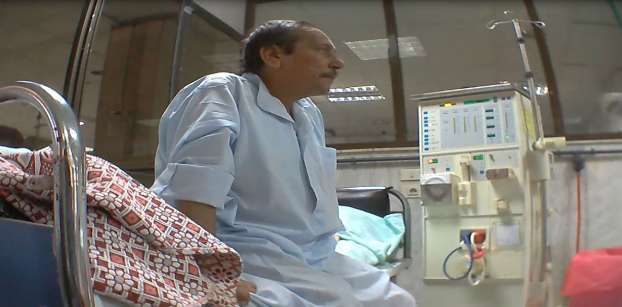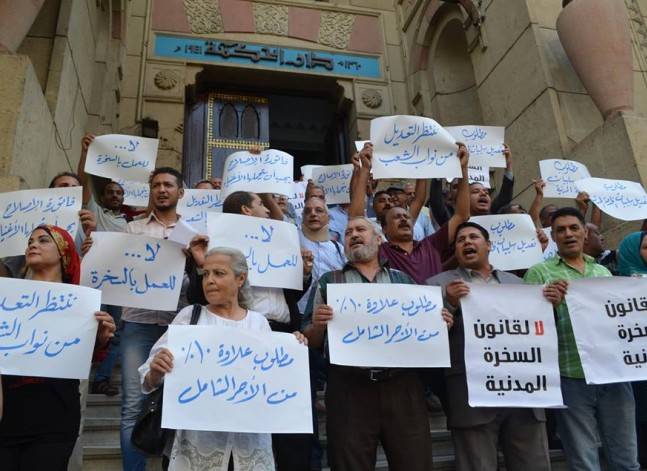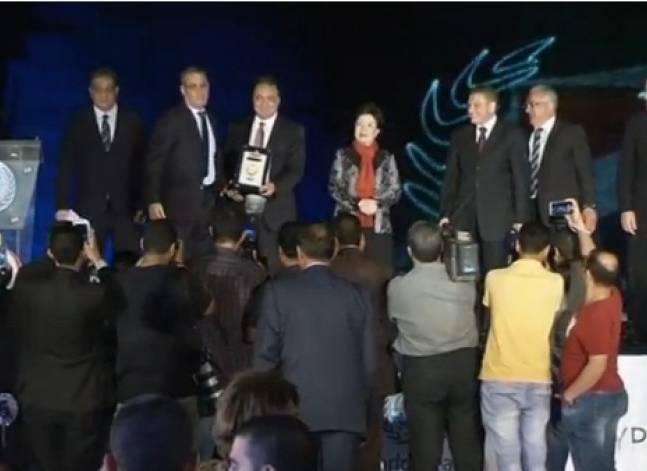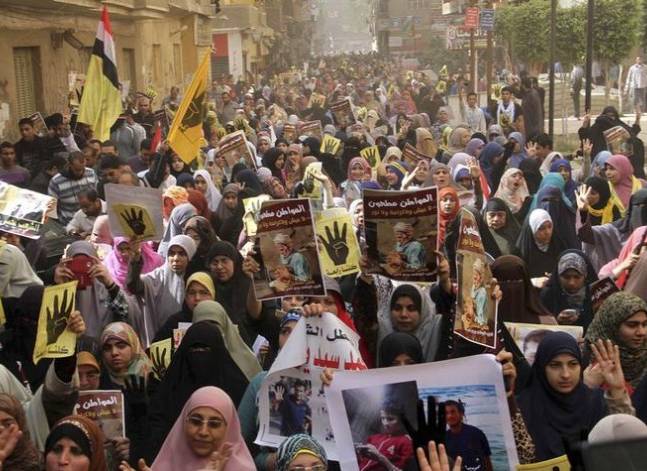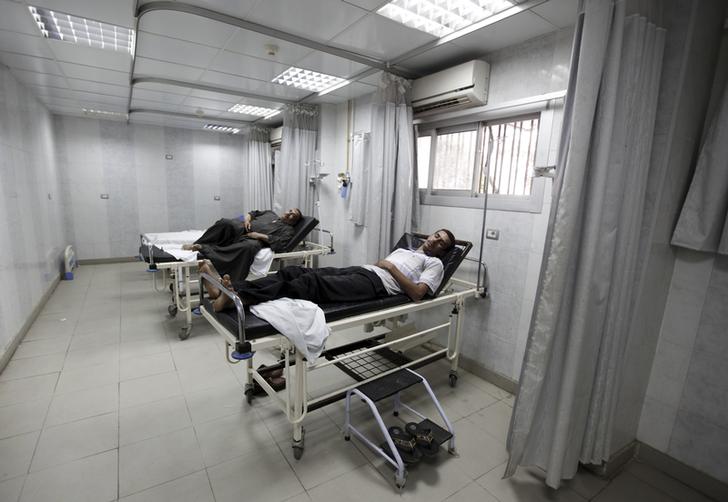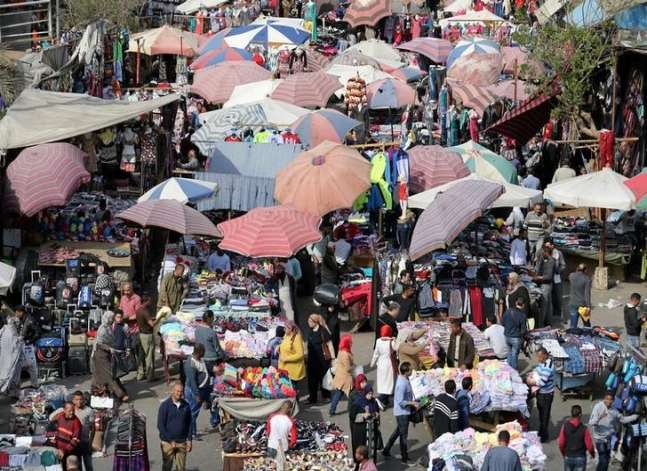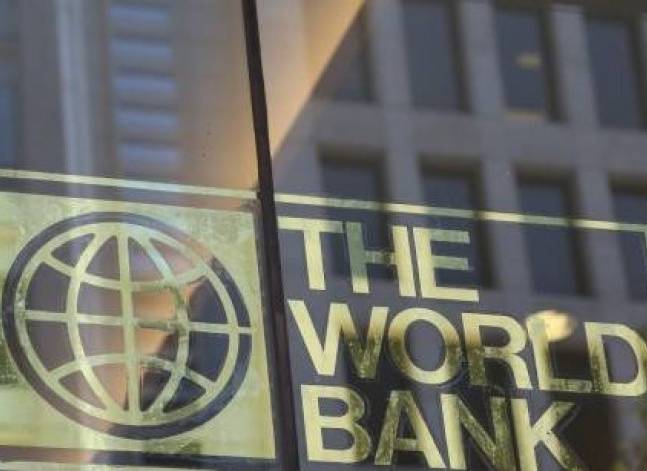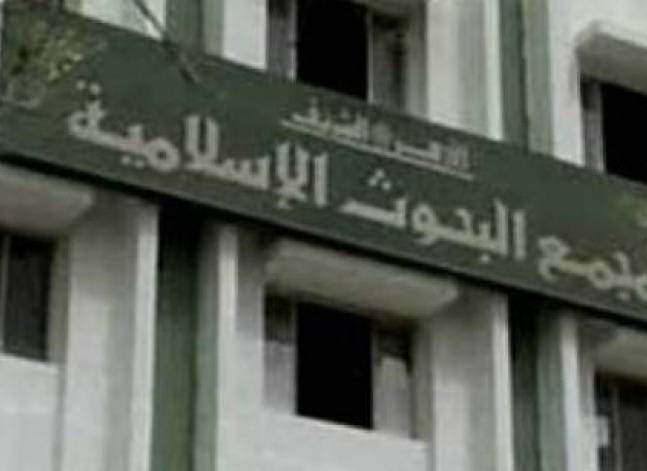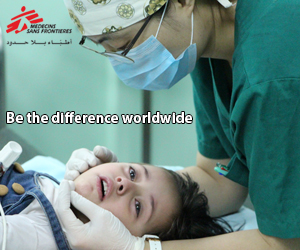Latest NEWS
- Aswat Masriya, the last word
- Roundup of Egypt's press headlines on March 15, 2017
- Roundup of Egypt's press headlines on March 14, 2017
- Former Egyptian President Hosni Mubarak to be released: lawyer
- Roundup of Egypt's press headlines on March 13, 2017
- Egypt's capital set to grow by half a million in 2017
- Egypt's wheat reserves to double with start of harvest -supply min
- Roundup of Egypt's press headlines on March 12, 2017
Mostashfa Meter: An eye on hospitals’ performance
CAIRO, Dec 29 (Aswat Masriya) - An array of civil society organisations announced on Thursday the official launching of 'Mostashfa Meter', a website and mobile application designed to oversee hospitals’ performance across different cities in Egypt.
The Community Monitoring Portal for Healthcare Services Provision, or Mostashfa Meter, is an independent non-profit project run by Shamseya for Innovative Community Healthcare Solutions.
In partnership with dozens of organisations across 11 cities, the platform and the application allow users access to the nearest hospital or medical unit with an overall rating for it.
Partnering organisations include the Egyptian Initiative for Personal Rights, Ashoka, Egyptian Medical Students Association, eSEED and other provincial organisations. The cities are Aswan, Luxor, Qena, Sohag, Assiut, Menya, Beni Suef, Matrouh, Al-Gharbeyah, Port Said and Damietta.
On the hospital’s profile, the user can find previous ratings and rate the services separately starting from the waiting duration, the medical report, the hygiene of the place, until the fees paid.
"After thorough assessment for hospitals by field researchers over the past year, the data is expected to be distributed and discussed with officials on different scales," says project manager Daniel Amoun. This will include discussions with hospital managers, governors, and cabinet officials, in a bid to reach recommendations for improving the medical service, he added.
In one of the hotels in Giza, the field coordinators along with the founders and central team of Cairo gathered on Thursday to brainstorm their plans for 2017 and reflect on their research findings since August 2015.
"75% of the hospitals assessed did not match the criteria," said technical support manager of Mostashfa Meter Ayman Sabea, referring that most of the patients interviewed agreed on the deteriorating status of emergency rooms at hospitals in particular.
The criteria included, inter alia, presence of doctors on time, allowing citizens to read their medical reports, and whether or not the doctors used hygiene tools.
During the next year, the team plans to expand their partnerships with local non-governmental organisations, and start networking with health ministry officials and parliamentarians. They will also create a priorities agenda for each city.
For example, if the team found out that a certain city has a high number of Hepatitis C patients and has only one hospital that provides treatment for it, they add this to the priorities agenda, as part of the final assessment report on the city, according to Amoun.
Hanaa Farouk Mohamed, an official at the Central Authority for Organization and Administration (CAOA), said that even though the agency had already undertaken similar measures to assess medical services, the Mostashfa Meter team has done a better job in gathering the data.
The CAOA selected only one hospital from each city, while the researchers included all hospitals in the eleven cities approached.
“I want to launch a new cooperation protocol that merges forces between your [Mostashfa Meter] team and the centre’s team to oversee the implementation of your recommendations,” she said.
The project comes after more than a year of efforts to bring researchers from different cities together, and give them needed training to review medical services at hospitals in their cities.
Each hospital was assessed by three different people at three different times and then reviewed by the central team in Cairo, for additional amendments, Amoun said.
The deterioration of the healthcare sector in Egypt has reached staggering levels. In June 2015, the Egyptian Centre for Economic and Social Rights (ECESR) said that only 33 beds are available for every 10,000 citizens in Cairo’s hospitals, in a factsheet on Egypt’s health conditions.
Due to lack of hygiene and infections prevention, the doctors syndicate said earlier that six doctors died and dozens were injured as a results of infections during their work over the past three years.
The health sector budget is considered by many as inadequate to overcome the aforementioned shortfalls.
Only 1.5% of the state’s GNP, amounting to EGP 2.7bn, was allocated to advance the health sector during fiscal year 2014/ 2015.
According to the Egyptian constitution, the government is required to spend at least 3 percent of the Gross National Product (GNP) on healthcare

